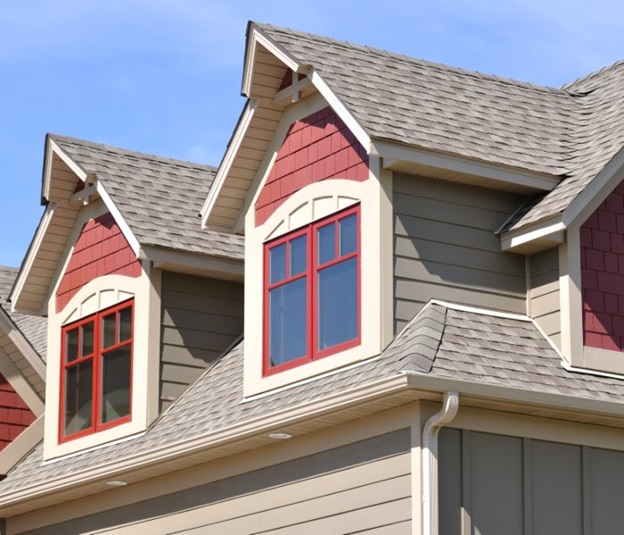What Does a Roof Inspection Consist Of? (Homeowners’ Guide)
So you’ve finally decided to buy that house and move in. While it’s exciting, it can also be stressful and overwhelming if you’re not prepared. The first thing you need to do before buying a house is get your finances in order, and one of the biggest costs involved in homeownership is the maintenance, repair, and replacement of major systems like your roof. It’s important to have your roof inspection prior to buying your house. Even if you’ve been living in your house for years, it’s still good to have your roof regularly inspected so let’s dive into what is looked for during a roof inspection.
Checking for Missing or Broken Shingles
While you don’t need to remove every shingle in your roof, look for signs of any damage—such as missing shingles or nails that have worked themselves out of their holes. Broken and missing shingles can expose your home to water damage if left unrepaired. If you find any damaged shingles, note their location and call in a roofer for repairs. Read more about the process of a roof inspection.
Moss, Mildew, or Mold
One of the most common indicators of a looming roofing problem is noticing moss, mildew, or mold. To keep your roof in good condition, you will need to get your roof inspection on a regular basis and if there are any indications that moss, mildew, or mold has started to grow on your roof then you should immediately seek out professional help. When it comes to moss, mildew, or mold growing on your roof it can be an indication that water is not being drained properly from your roof which could lead to major problems down the road such as rot, leaks, and even damage to your home’s interior. If you notice any signs of these issues it is important that you address them right away before they become more serious problems.
Ventilation
Every roof needs ventilation to stay healthy and clean. Most roofs have vents designed to provide airflow, but occasionally there aren’t enough. If your gutters are clogged, if you live in an area with lots of trees or other natural obstructions, or if your attic is extremely hot, your roof might need additional ventilation. If you have several layers of shingles on top of each other instead of asphalt sheeting, then it could also be a problem.
Ripples, Blisters, or Buckles
If you notice anything on your roof that looks like a ripple, blister, or buckle—especially near any joints—have it checked out. These are signs of water damage and can be early warning signs for more serious problems. If you have any problems with your roof, call an expert for diagnosis and repair. Otherwise, sooner or later you’ll probably start to see small leaks inside your home.
Layers of Shingles
Previous homeowners may have a shortcut when it comes to the roof. As problems come up they could’ve just added new layers of shingles without removing the old damaged shingles. This can lead to leaks and possible mold growth in your attic. This is why an inspection is so important, you need someone who knows what they are looking for and how to fix things if there are any issues found with your roof.
Drip Edge
A drip edge is a metal cap that sits at, or slightly below, roof level along all edges of your roof, protruding out past shingles. A drip edge prevents moisture from seeping under your shingles and getting trapped behind them. It’s important to check your drip edge regularly to ensure that it hasn’t been damaged or dislodged. If you notice any damage, call a professional to replace it as soon as possible—water damage can lead to rot and other serious problems.
Interior Leaks
After a few years, you may notice stains on your ceiling. This could be a sign of an internal leak in your roof. The telltale signs are dirt or moss buildup around vents and other openings in your home that lead to your attic. Check these areas first to see if they’re damp or stained. If so, you may have an internal leak that needs to be addressed with repairs from an expert. In some cases, it’s best to hire a professional for leak repair. An experienced contractor can spot leaks more easily than most homeowners can and will know how to fix them quickly.
Action Plan
If your roof has any problems with the items noted above it’s time to consider what to do next. If you have shingles that are curling, cracking, or missing, it may be time for new ones. Whatever it is, a professional roofer will be able to tell you the next steps needed after their roof inspection, whether it’s repairing a section of your roof or completely replacing your roof. Each roof inspection results are unique so it’s best to rely on the roofer to tell you the next steps. The average cost to have a roof replaced is $8,785 so you’ll want to make sure you find a reputable roofer you trust with such a large project. Ignoring roof issues can lead to damages that far exceed the cost of a new roof.


Comments are closed.